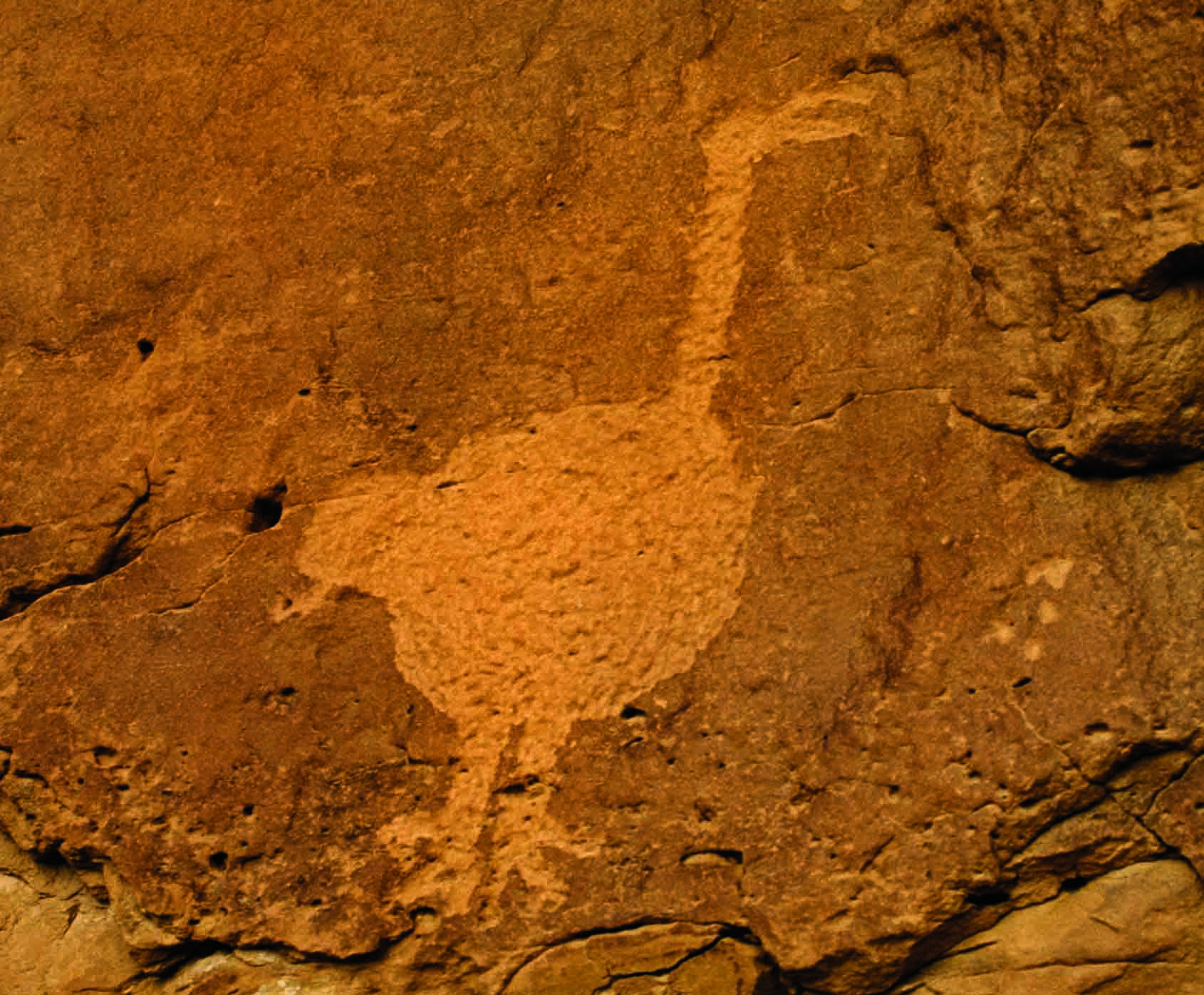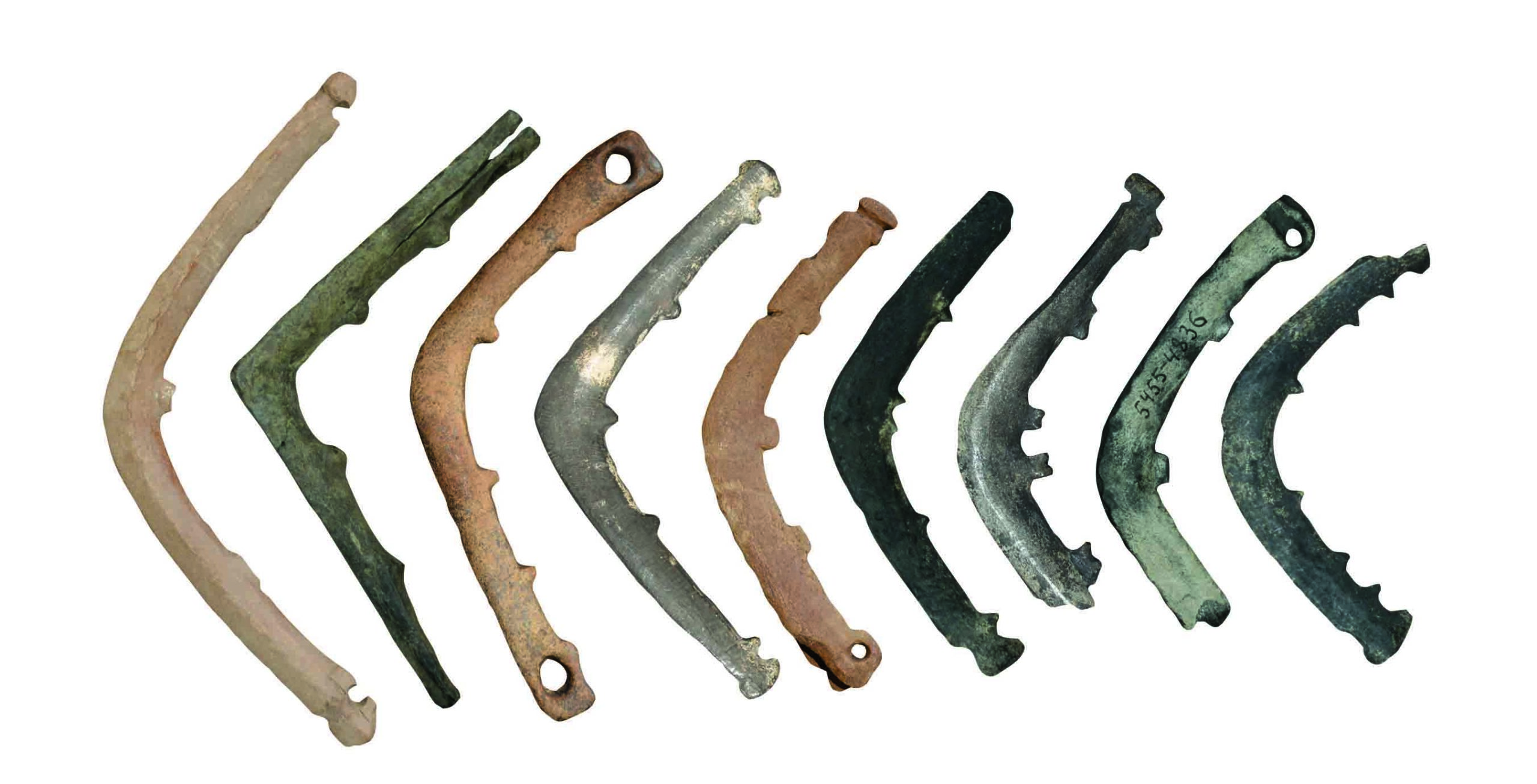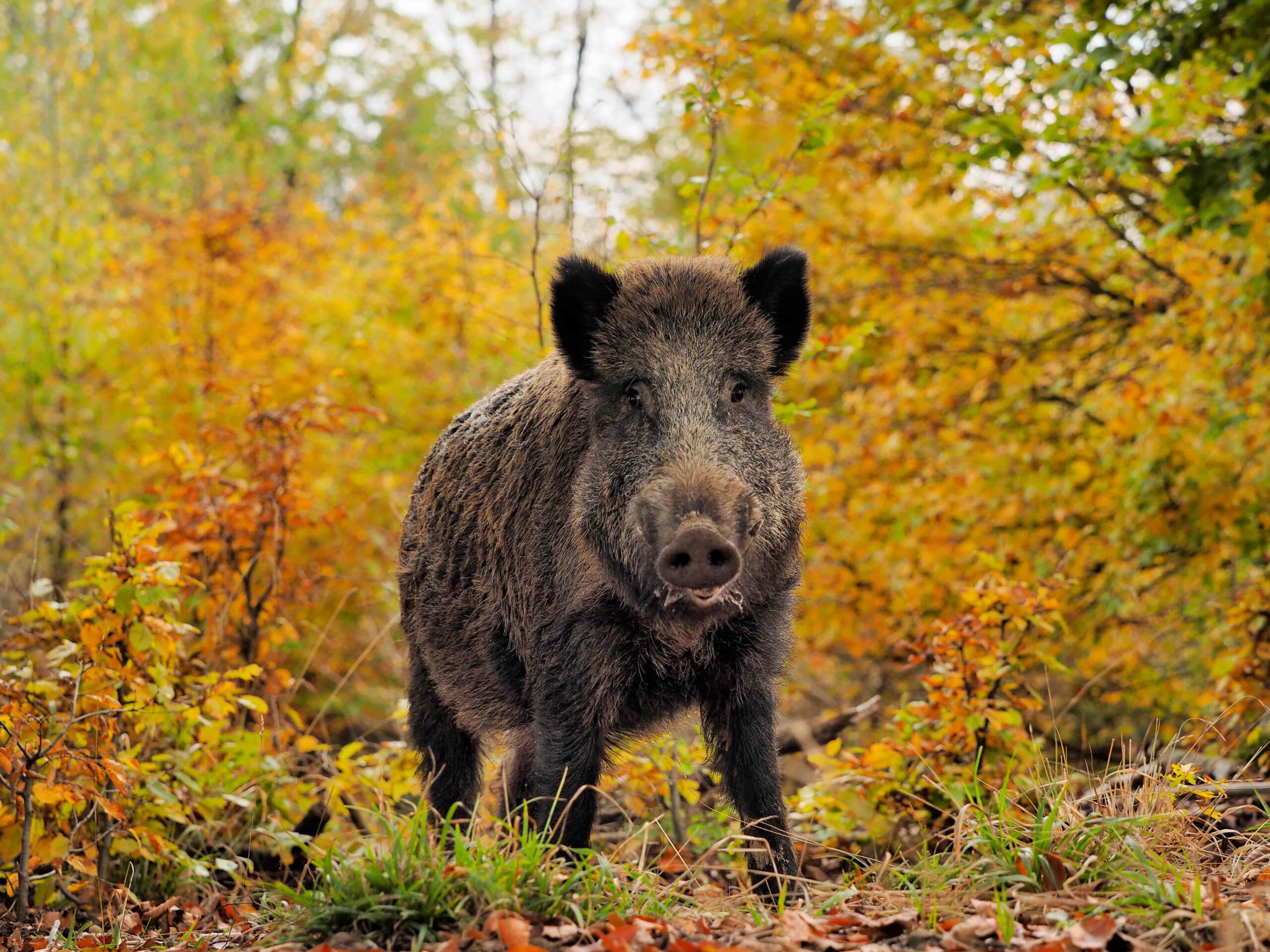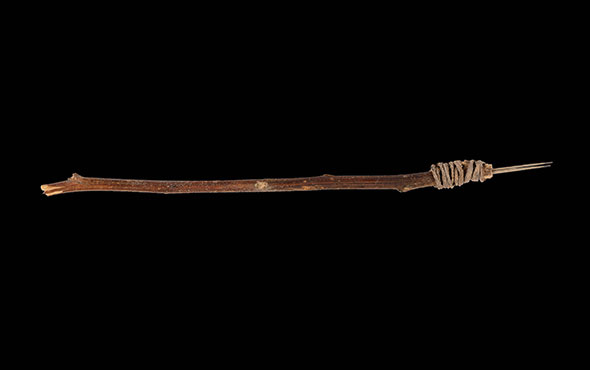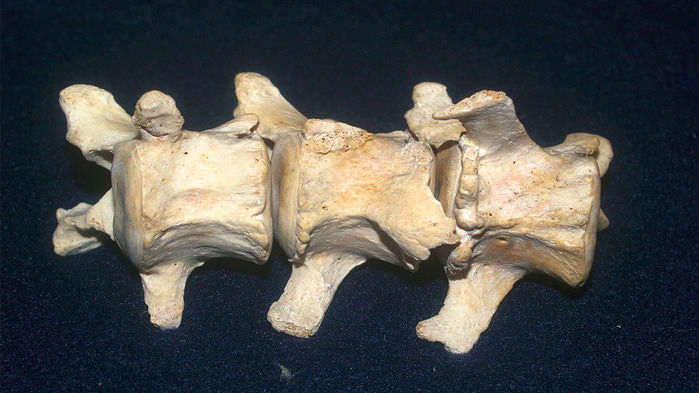
EDMONTON, CANADA—Science Magazine reports that Katherine Latham of the University of Alberta examined the remains of 136 pet dogs, 19 sled dogs, and 241 modern wolves to study a spinal condition zooarchaeologists have traditionally used to determine whether dogs were used by humans as draft animals. Known as spondylosis deformans, the condition is characterized by bony growths on the vertebrae. When they are large, the growths can cause back stiffness. It had previously been thought that dogs may have developed spondylosis deformans from the stress of regularly pulling or carrying heavy loads, but Latham found the growths on the spines of dogs whether or not they pulled sleds, and even among some of the wolves. Just about all of the animals that had reached the age of nine had the growths, she explained. According to Latham, the presence of spondylosis deformans in ancient canine remains simply suggests that the dogs had reached advanced age. To read about a DNA study of New World dogs, go to "The American Canine Family Tree."


